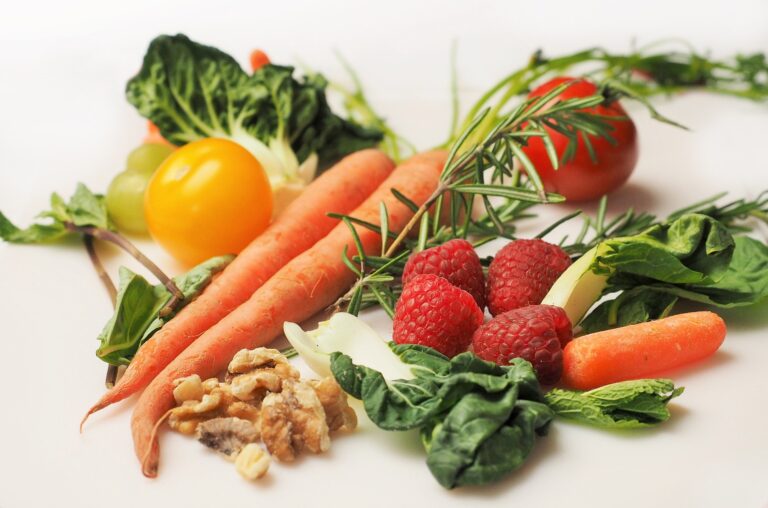Nutritional Application of Fruit and Vegetable Purees and Pomaces in Beverages
The nutritional value of fruit juices has been globally criticized for falling short of the standards set by whole fruits. A key issue is the insufficient amount of dietary fiber in juices compared to whole fruits. If this trend persists, consumers may switch to alternative fruit juices that are perceived as healthier and more similar to whole fruits. Purees and pomaces have shown potential as a solution, as they are easily obtainable from commercial suppliers or waste products and are derived from the same raw ingredients as juices.
Nutritional Application of Fruit and Vegetable Purees and Pomaces in Beverages
Food processors are collaborating closely to determine the most effective combination of fruits and vegetables that possess the best dietary fibers for use in beverages. Based on available literature, fruits and vegetables were chosen based on their potential suitability for use in juices. Factors considered included ease of implementation, potential business advantages, and limited nutritional information available. Commercially available purees were procured from the market, and whole blueberries, cranberries, carrots, mangos, and red/golden delicious apples were purchased and processed using a Good Nature Press. All samples were then subjected to analysis for their proximate composition, vitamins, minerals, and total dietary fiber. Ultimately, the nutritional profile of the juices containing various purees and pomaces was calculated at a standard of 2.5 grams of total dietary fiber per serving in order to assess their potential impact on product formulation.

The nutritional assessment of purees and pomaces revealed that pomaces have higher levels of total dietary fiber. For instance, blueberry and apple puree contained 0.9% and 0.8% total dietary fiber, respectively, while their corresponding pomaces contained 5.9% and 11.0% total dietary fiber on a wet mass basis. This trend was also observed on a dry mass basis, indicating that the loss of moisture during the juicing process is not the only factor. This implies that water-soluble components like sugars are extracted from the pomace to the juice, while total dietary fiber mainly remains in the pomace. Conversely, the levels of vitamins and minerals did not follow a similar trend as they encompass a broad range of nutrients. Therefore, a lower quantity of pomace was required to achieve the desired total dietary fiber levels in juices compared to the usage rates of their respective purees. However, the higher usage rates of purees resulted in an increased vitamin and mineral content of the juices, despite their lower concentrations compared to pomaces.







